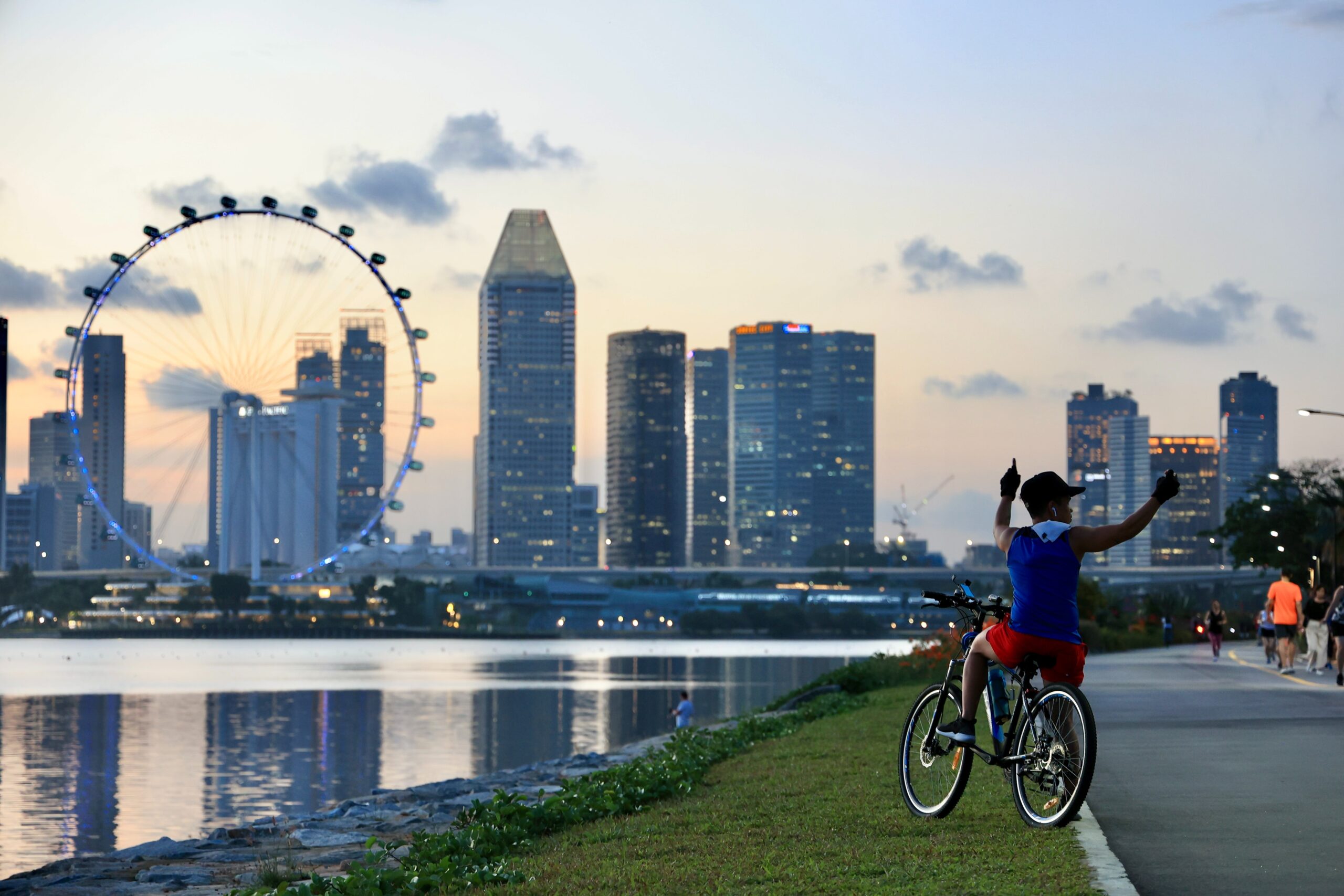
Prevent Lower Back Pain When Cycling
In general, cycling has very low injury rates (excluding crashes and collisions) compared to other sports. However, when we are hunched over our handlebars for long periods of time, it can place a large cumulative amount of load on our low back and cause pain. In fact, lower back pain (LBP) is reported in more than 50% of cyclists.
Whether you are a beginner cyclist looking to set yourself up for success, or an experienced cyclist dealing with lower back pain when cycling, here are our top 3 tips to address and prevent pain from occurring.
Here Are Our Top 3 Tips:
#1: Don’t cycle too much, too soon!
No matter what activity you perform, if you try to do too much too soon, your risk of experiencing pain and injury sky rockets. When starting out it is much safer to perform small frequent durations and gradually increase that duration week to week. If you are a beginner cyclist, you may consider the following program as an example of gradual duration increase:
- Ride for 15 min., 3-4/week
- Gradually increase by 5 min./week until you reach 30 min. duration
- Extend the weekly increase by 10 min/week, up to 60 min. duration
Following these steps, you could be riding comfortably for 1 hour about 3-4/week without any problems in just 6 weeks time.
#2: Get a well-fitted bike
Get your bike to fit your body correctly. Investing in a bike fit by an expert is a worthwhile activity to ensure things like your saddle height, crank length, handlebar position, and other important positions and components are suitable for your body dimensions.
#3: Strengthen your lower back and core muscles
Our lower back was not designed to be in a flexed position on a saddle pedalling for long durations. When the low back is sustained in flex for an extended period of time, some of the normally resilient tissues are placed on a sustained stretch. Over time, this stretched position can create ’tissue creep’ where those tissues are temporarily elongated, which can create sensitivity and cause pain.
To prevent the risk of this tissue lengthening, it is important to strengthen the muscles around your low back and core, which will offer you greater protection from pain.
Exercises For A Stronger Core And Lower Back:
Prone Bridge On Elbows:
Lie on your stomach resting on your elbows; squeeze your heels together; firm your tummy muscles, rise up on your forearms and toes keeping your tummy tight; do not let your low back sag downwards by keeping it flat; start with 4 sets of 15 seconds and gradually increase the duration as you progress.
Side Bridge On Elbows:
Lie on your side with your elbow tucked under your shoulder and feet together; firm your tummy muscles, rise up on one forearm and foot on the same side, keeping your tummy tight; start with 4 sets of 5 seconds each side and gradually increase the duration as you progress.
Back / Shoulder Extensions:
Lie on your stomach with your forehead on the floor and shoulders/elbows at 90 degrees; squeeze your shoulder blades together and raise your arms up to the roof; lift your chest off the floor and keep looking at the floor; start with 4 sets of 5 seconds and gradually increase the duration as you progress.
Bridging:
Lie flat on your back with knees bent at 90 degrees; push through your heels; slowly lift your hips upwards and clench your buttocks at the top of the movement; slowly lower down and touch the floor without resting or losing the tension in your body and lift your hips up again; start with 4 sets of 5 repetitions and gradually increase the reps as you progress.
Physiotherapy Can Help
In summary, if you have not done too much cycling too soon, had your bike fitted to you correctly and have been strengthening your low back and core muscles, your low back should be in great shape to cope with your future cycling endeavours.
However, if you’re still suffering from pain or feel that you would benefit from the guidance of a qualified professional, you may want to consider visiting a physiotherapist. A physio can help to tailor an exercise program to your specific body needs and with the considerations of your specific lifestyle and medical background.
Written By: Michael Bushell – APA Titled Musculoskeletal Physiotherapist (AUS)
As an Australian Physiotherapy Association (APA) Titled Musculoskeletal Physiotherapist with over 24 years of clinical experience, Michael is a highly qualified physiotherapist with expert knowledge and skills in all areas of musculoskeletal and sports physiotherapy. He is an avid sportsman and enjoys triathlon, distance running, road cycling, and high-intensity strength training.
